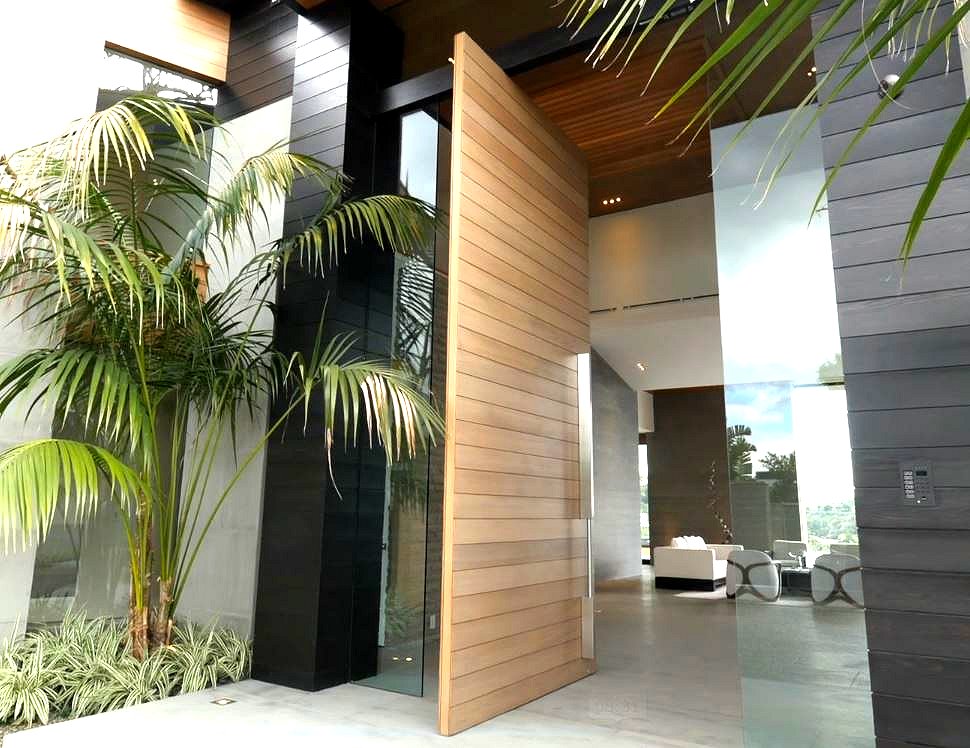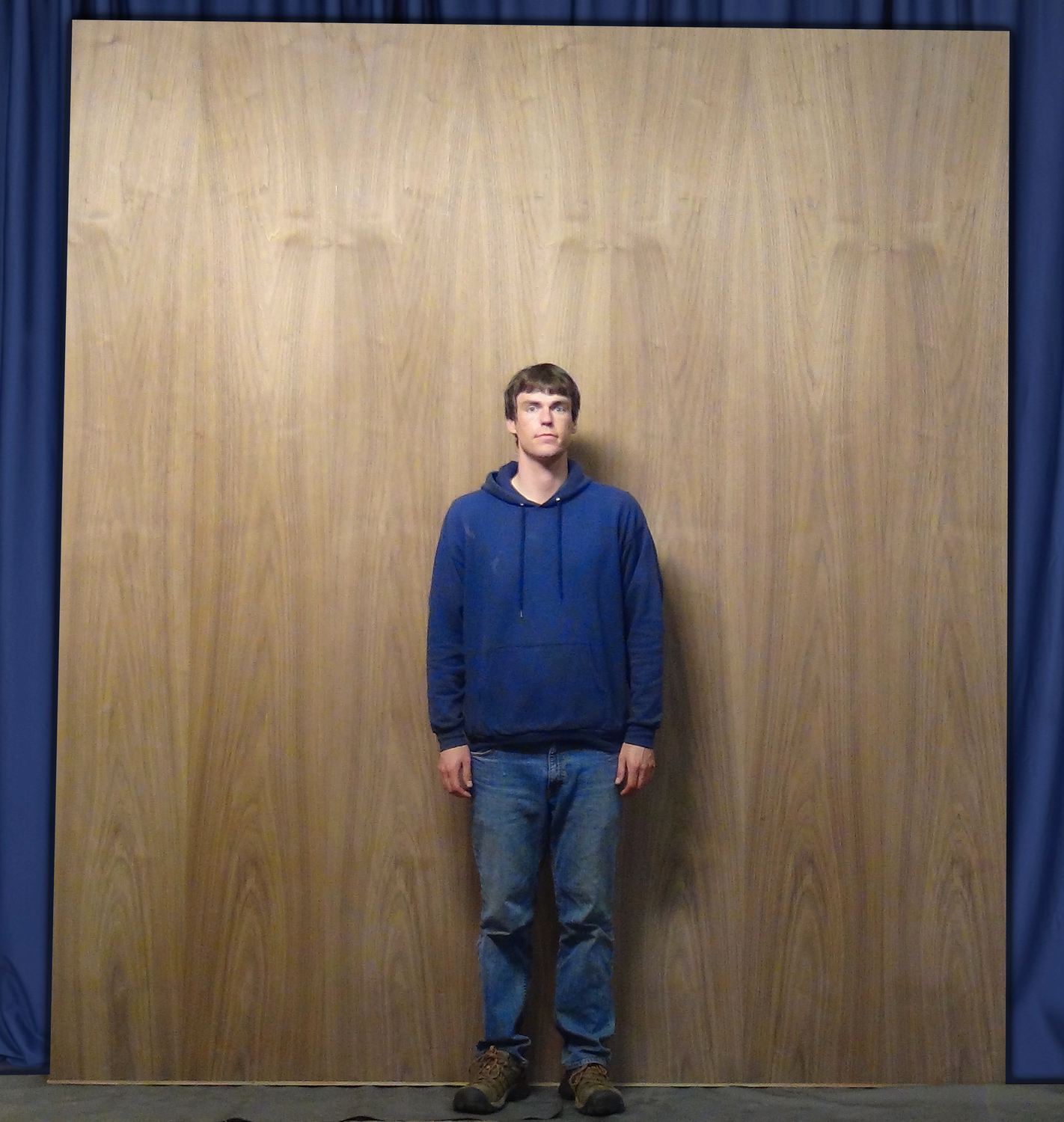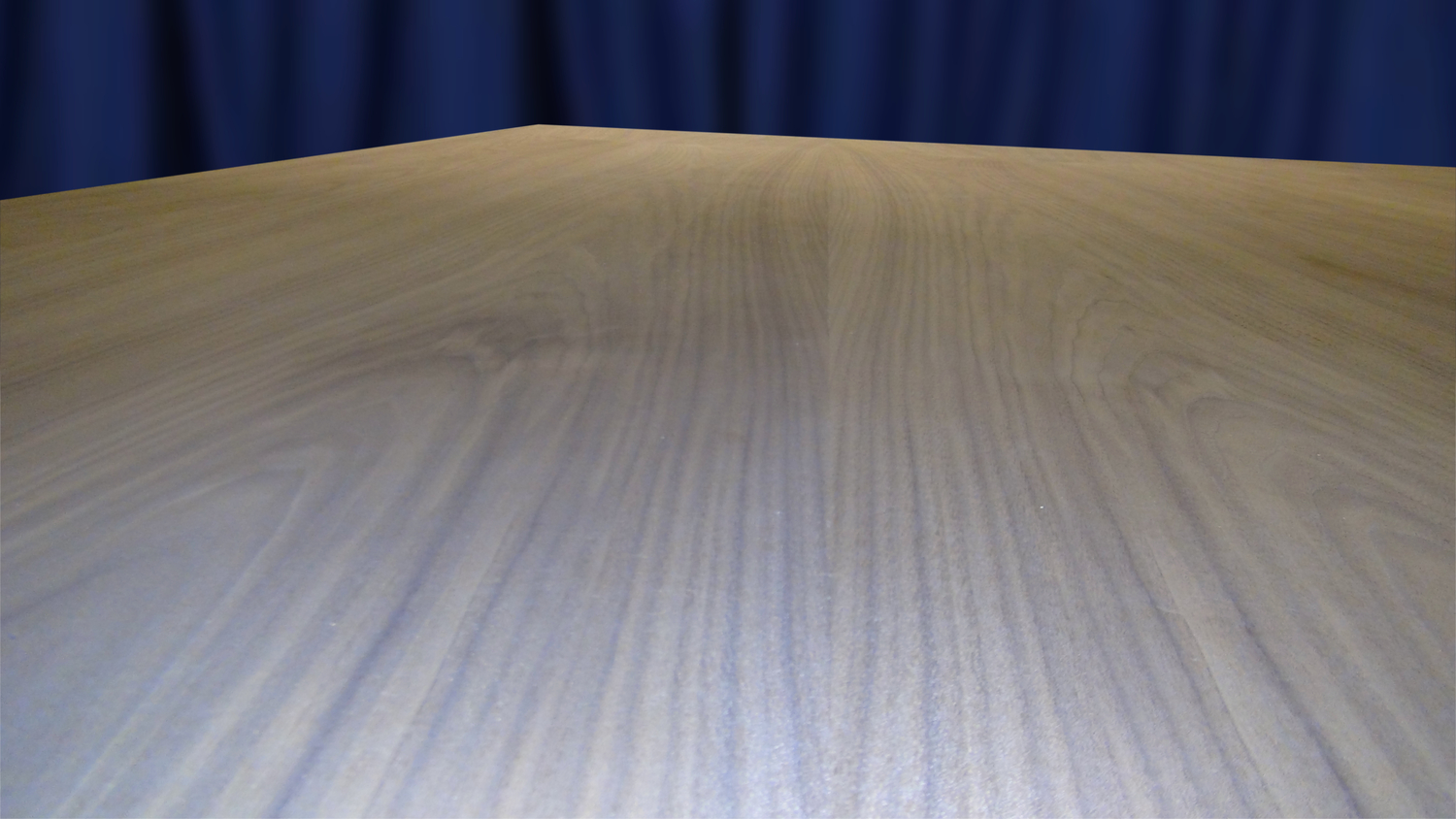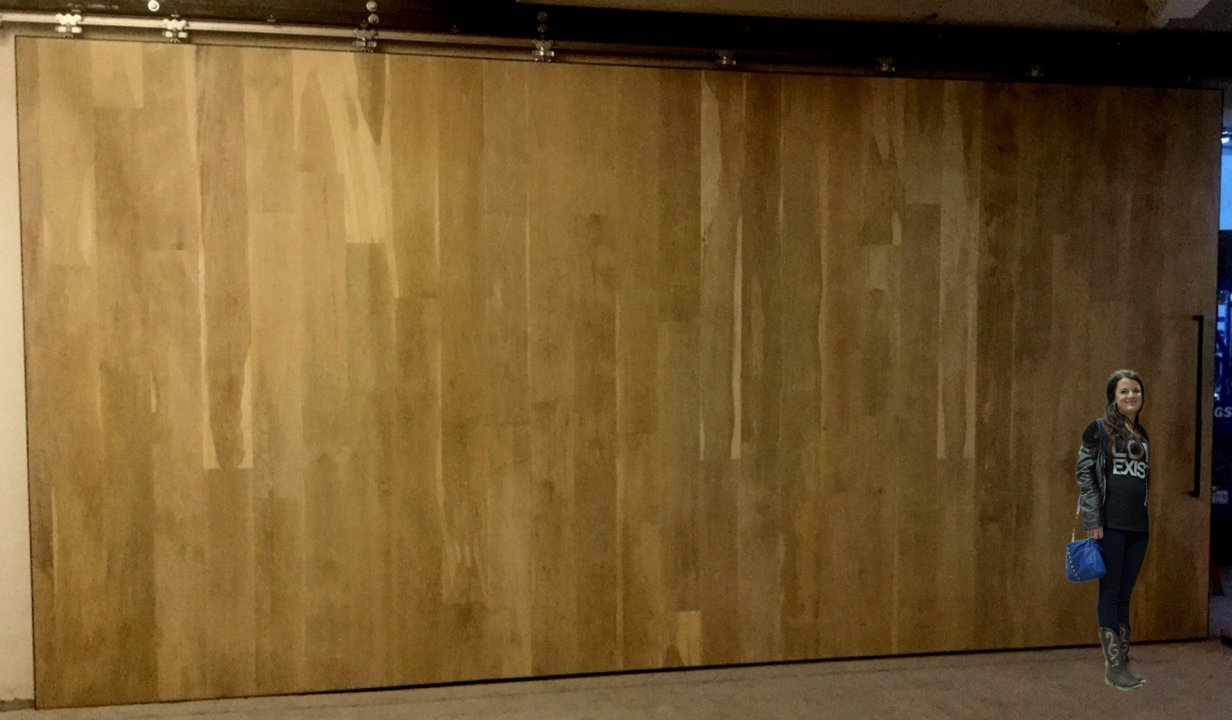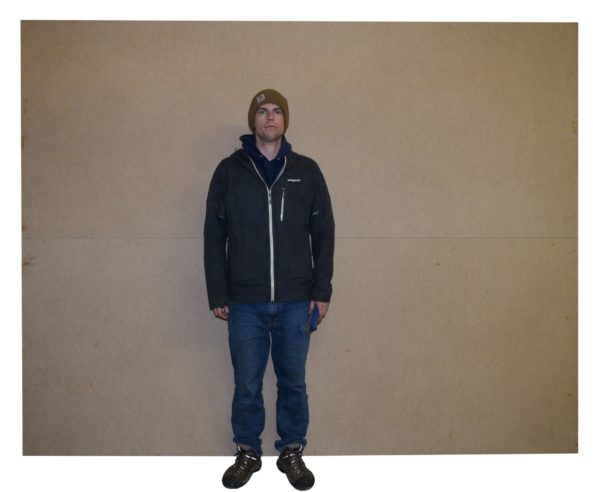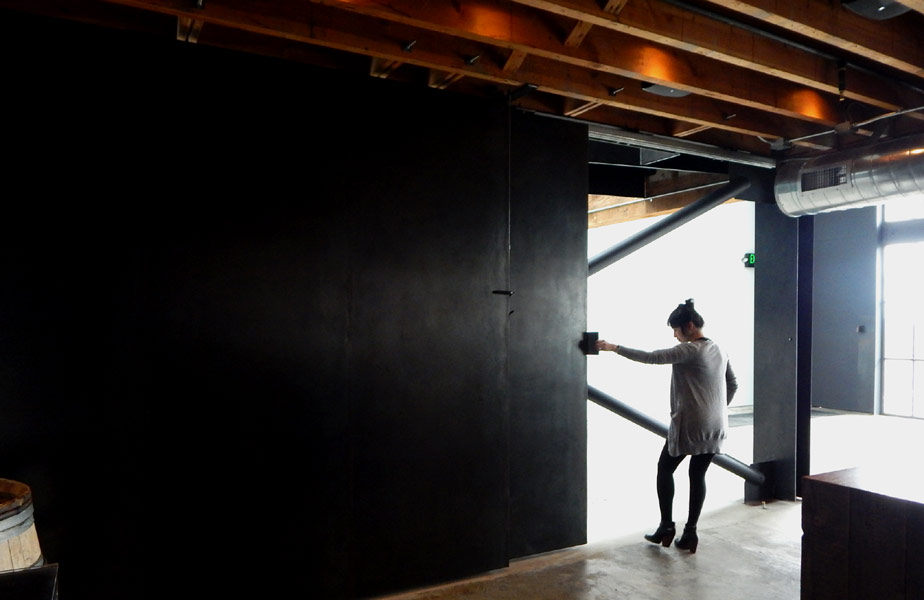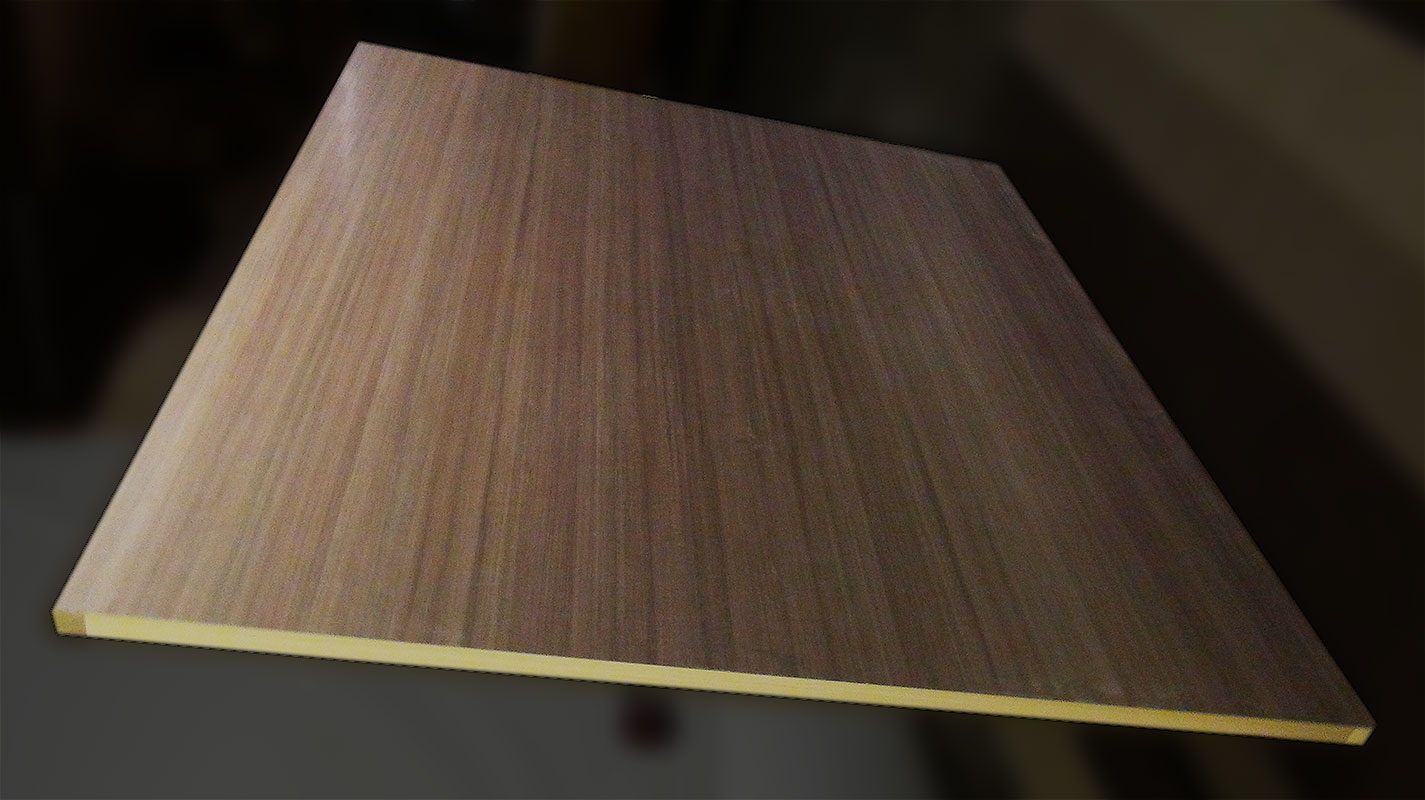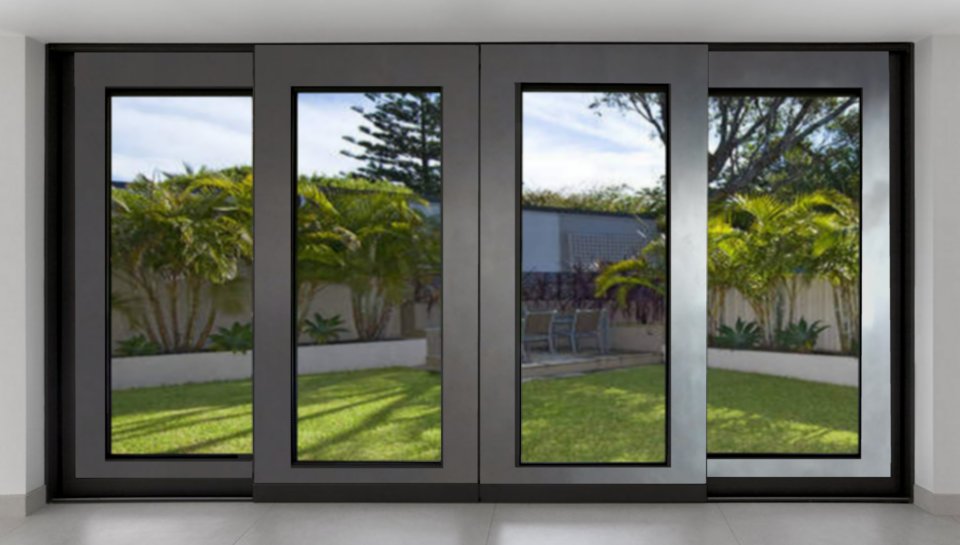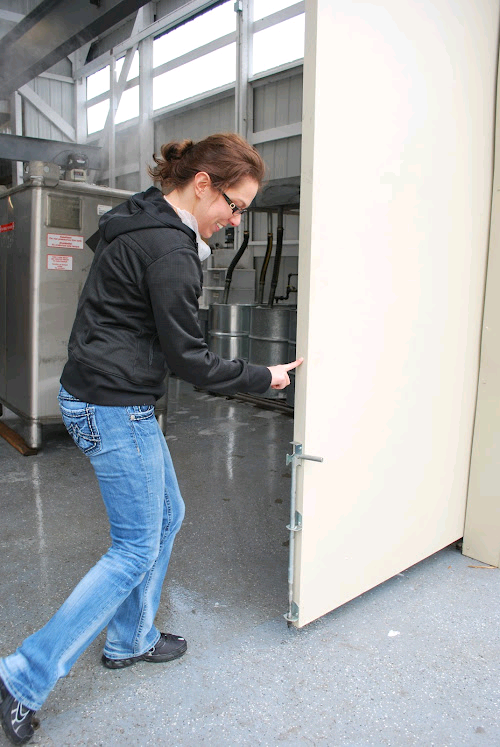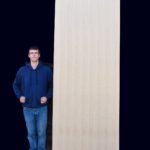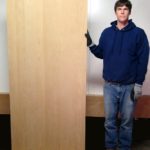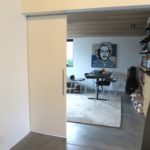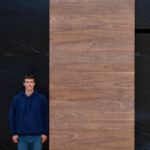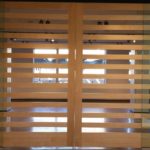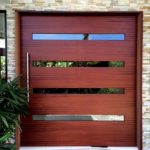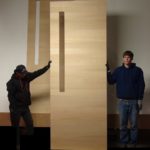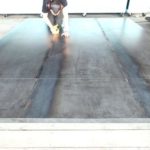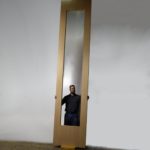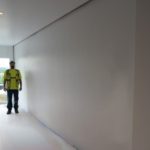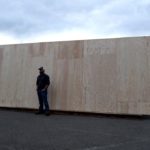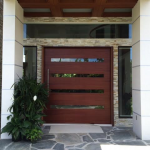Why Do Architects Spec Sing Core?
In order of importance:
The number one reason architects specify Sing Core is for oversized doors of all kinds.
1. 50 YEAR WARP-FREE GUARANTEE
Any door over seven ft. tall and three-and-a-half ft. wide is going to have a problem with warping. Having Sing Core inside is the only know way to make a lightweight, high-strength door that can be guaranteed not to warp and includes a full structure and lamination warranty for 50 years.
2. SKIN OPTIONS
Beauty is not only Skin Deep
If it’s an available flat surface material, Sing Core has the expertise to apply it to patented and patent pending Sing Core technology in a superior high precision manner which will not delaminate following proper finishing.
MOST POPULAR SKIN OPTIONS
A) WOOD VENEER
Wood veneer is the popular choice for use in architectural doors. Application of veneers in large door projects can be very tricky, and Sing Core utilizes the most advanced comprehensive lamination methods to laminate large veneer doors.
B) WOOD STAVE
Applying solid wood stave (natural wood grain planks) is the hardest material to feature on large doors due to the wood grain’s nature to shift and change in response to changes in the environment. It is hard enough to keep a standard sized wood plank door straight but building an oversized wood stave door is exponentially more problematic, unless it has Sing Core inside.
C) MDF
Sing Core has a unique method using their patented and patent-pending technologies to create the first super smooth high-precision MDF surface area that will not warp. This “smooth as glass” material is ready to paint, add vinyl graphics, or other materials such as veneers or wood stave via cold press in your own shop or millwork. Hot-press-ready version also available. We know how to do it. Just spec it and see for yourself.
D) STEEL
20G steel is the most popular grade of steel used on architectural steel doors with Sing Core inside. Why 20-gauge steel? Because even though Sing Core is lightweight it is stronger than steel pound for pound. That means you can use a lighter weight steel, without compromising the door’s integrity or visual appeal. Most popular steels are cold rolled steel, hot rolled steel, galvanized steel, stainless steel, and diamond plate steel, among others.
E) SYNTHETICS
The most popular synthetics used on architectural doors are FRP, Masonite, Formica, fiberglass, and acrylic. The lamination experts at Sing Core know exactly how to deal with these hybrid and synthetic materials to qualify them for their 50-year fail-free guarantee.
F) ALUMINUM
The less expensive yet durable metal skin, aluminum or aluminium is an excellent choice of architectural door skin, and as with steel and other metal doors skins, thinner is better due to the high precision and superior strength of Sing Core.
Note: All door skins have exponentially increased adhesion, as the surface area increases, so does the bonding agent, due to Sing Core’s true flat nature and high precision at +/- .006 in. tolerance. Other honeycomb cores, like aluminum core, is only +/- .03 tolerance, and has very minimal surface area for adhesion, whereas Sing Core is solid surface.
3. HIGH PRECISION SUBSTRATE
Sing Core is a high precision solid surface substrate material sporting .006 tolerances. It is this degree of precision which is necessary, along with extensive proprietary knowledge and patent-pending anti-warp materials, to create the high definition bonding which is necessary to join and two flat surfaces with unsurpassed results. This enables Sing Core to create laminated panels, posts and beams which are created to last for centuries without failure.
What happens if you don’t specify Sing Core inside your doors?
IF YOU DON’T SPECIFY SING CORE inside your door, you are likely to get a heavy LVL door core, or if you specify “lightweight” you are likely to get an aluminum honeycomb door, which may look good on the outside and may hold up following installation, but not for long. Low tolerance (+/- .03 in.) and tendency to move are just too much of a sacrifice to make for discerning clients, like those who are increasingly looking to Sing Core to solve the problems associated with large oversized doors.
4. FULLY INSULATED
This is an added benefit enjoyed by contemporary architects who specify Sing Core inside their modern doors, but for those in search of insulated doors, this patented and fully insulated substrate is the only way to achieve lightweight high strength and superior insulation throughout for sound deadening and increased climate control.

